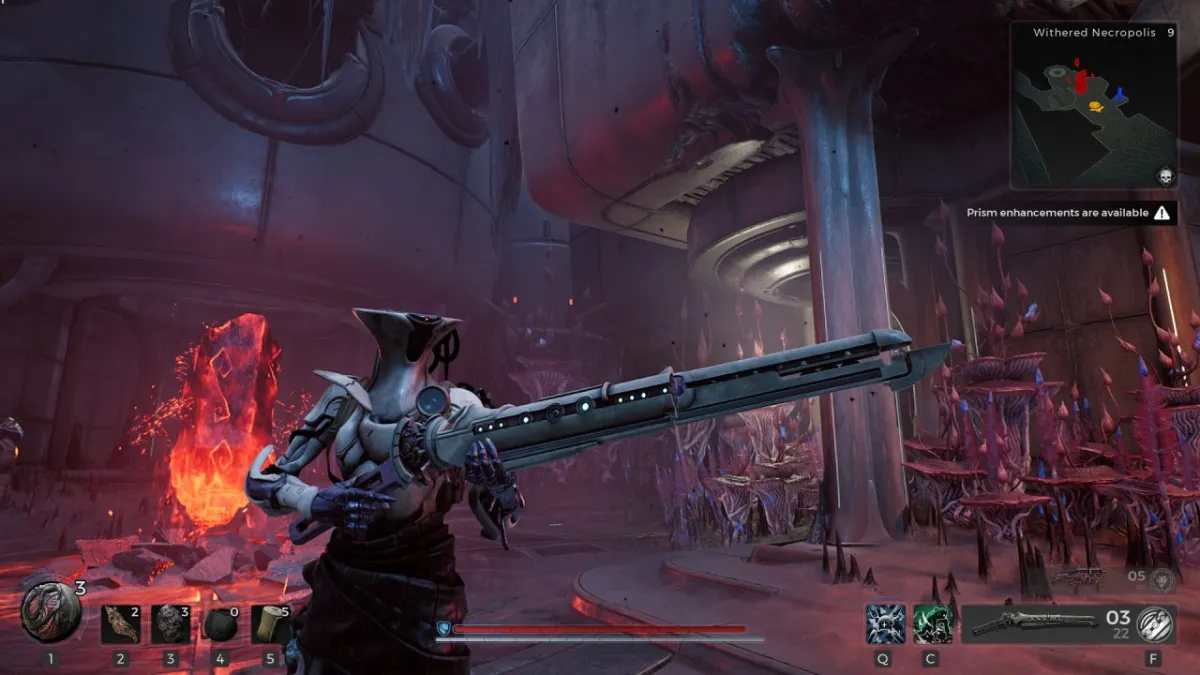If you’re going to name a game Starfield and make it about space exploration, it certainly has to check a lot of boxes. There have to be plenty of planets and spaces to discover in order to create that feeling of being in an open galaxy. It should therefore come as no surprise that procedural generation helps to make this possible, and we’ll explain how it works in Starfield.
The term procedural generation has been around for decades in the field of game development, though it’s obviously grown more complex with time. The concept is simple enough to understand. The developers create tools which auto-populate large areas with random terrain in order to fill out space faster and cheaper than using a human team.
Related: Starfield timeline and lore explained
Nothing new, folks
Procedural generation has been successfully implemented for decades, with Bethesda itself using it to create The Elder Scrolls: Daggerfall in 1996. It’s used it since then in many games including Skyrim, so it should come as no surprise that it’s part of Starfield.
In an interview with IGN, Bethesda Gamer Director Todd Howard states that Starfield has around 1,000 visitable planets and that procedural generation played a large role in filling that out. However, this has many players worried due to the reputation for procedural generation historically creating boring, unimaginative terrain.
Howard counters that much of the universe is exactly like that, though. The objective with Starfield is to allow players freedom outside of what Bethesda refers to as its “hand-crafted” experiences in the game.
How procedural generation works in Starfield is that it opens up the boundaries to what’s possible to explore and find. While there are plenty of areas that players can simply pass through on the way to greater things, it still exists as a place to find resources, build homes and outposts, and stumble across secrets. Furthermore, no two players will have the same experience in discovering new worlds since procedural generation is unique to each character.
Each Starfield world is also complemented by hand-crafted elements, so it’s not just all procedural generation to see. This method also allows for plenty of environmental diversity, where you can find things to do in any biome. According to Howard, there are over 200,000 lines of dialogue in the game. Compared to Skyrim’s 60,000 and Fallout 4’s 110,000, that should tell you how much there is to experience. The dialogue line count along with the 1,000 planets certainly explains the need for so much procedural generation.
Now that you know how procedural generation works in Starfield, you’ll know to focus in on discovering the more interesting locations rather than turning over every stone, er, space rock. Starfield’s massive universe map isn’t meant to be the main game. As Howard puts it, there’s plenty of other content you can do aside from the main quests.
Opportunity to bypass procedural generation in Starfield
Considering the huge modding community for Bethesda games, this could also be a great thing for adding tons of fan-made content to the game without locational overlap or other conflicts. Hate the idea of procedural generation? Go find a mod that beautifies a planet with unique handcrafted scenery. That’s been done extensively in other Bethesda games to the point that you can transform the experience into something totally different.
Check back for guides once Starfield launches in early access on September 1 and fully on September 6. We’ll have plenty of guides explaining the game along with best PC settings, and some curated mods to try as fan-made content becomes available.







Published: Aug 25, 2023 05:59 pm